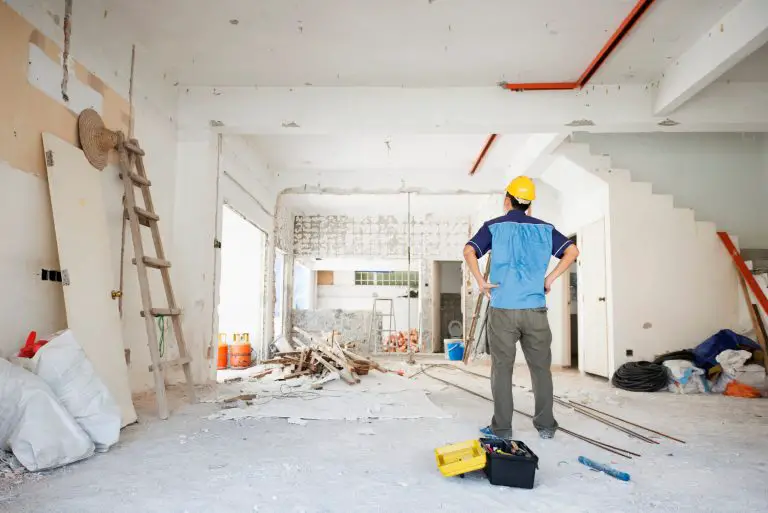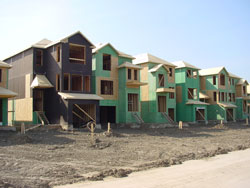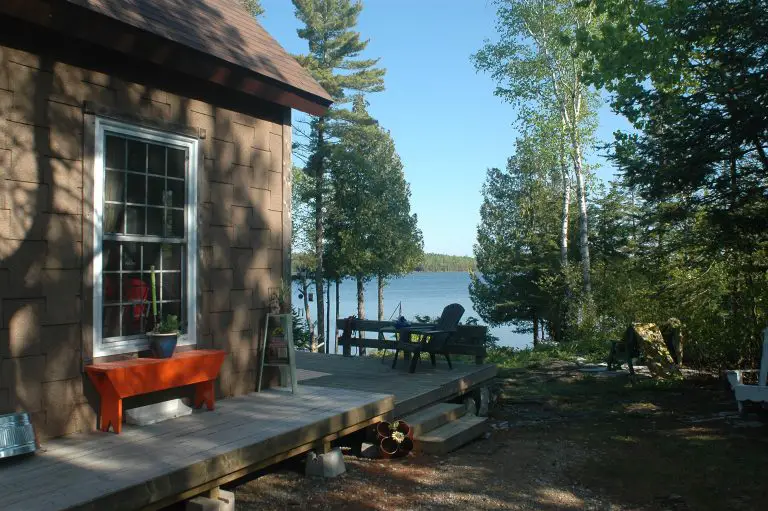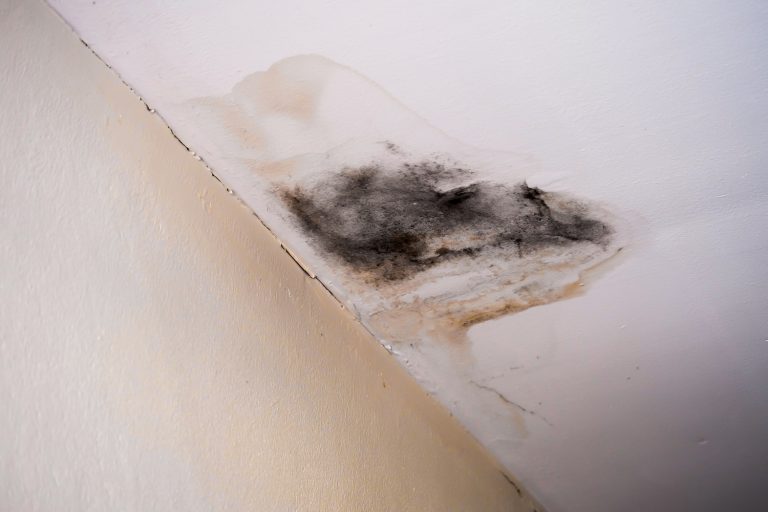Although the foam you used looks substantial, it actually allows indoor air to pass right through it. When this happens against cold surfaces it allows warm indoor air to condense as it cools, releasing part of the moisture it carried in the form of liquid water droplets. This doesn’t happen with more expensive extruded polystyrene foam. The fact that wet insulation was limited only to areas of the basement walls that were above ground is more evidence that indoor air condensation in and through the foam is the root of the trouble. Outdoor soil prevented the wall from getting cold enough to cause condensation below grade.
Preventing condensation of this sort is why polyethylene vapour barrier is used, but it must be applied with absolutely no gaps for it to work. I expect that if a sealed vapour barrier had been installed over your fiberglass initially, condensation would not have happened. This is true even with the white beady foam installed. Taped and painted drywall is also a surprisingly effective vapour barrier all on its own.
I’d recommend removing the fiberglass now, then wait until warm weather comes to ensure everything is dry. You can then replace the fiberglass, diligently apply a vapour barrier, then cover it with drywall and paint. Another approach involves replacing the fiberglass with spray foam of the kind that has a high impermeability rating. This yields excellent results with no condensation, guaranteed.












